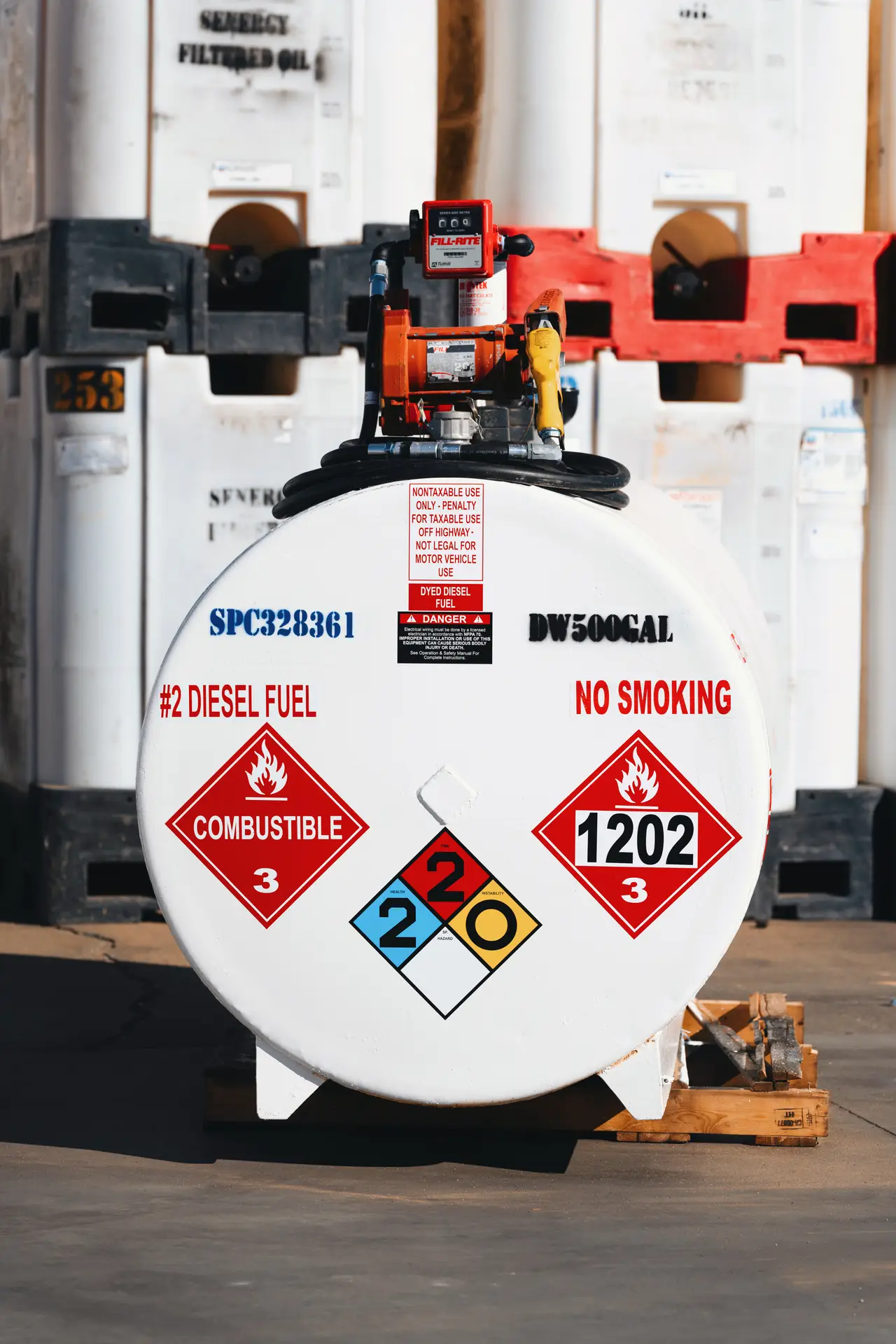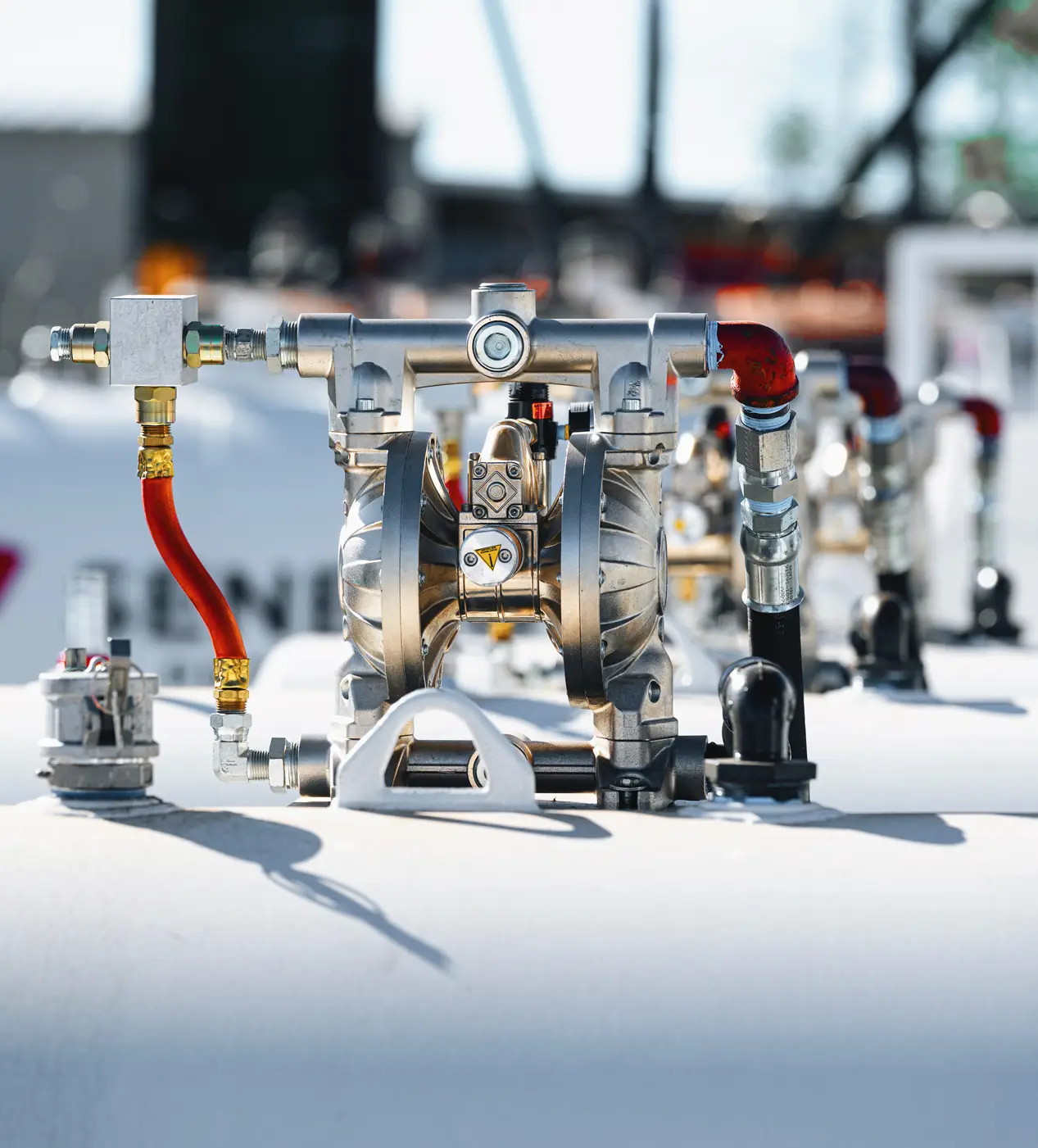Fuel is essential to every large-scale operation. Whether it’s construction, farming, transportation, or industrial activities, an uninterrupted fuel supply is crucial for maintaining smooth operations. As businesses expand and fuel tanks are spread over larger areas, manual fuel monitoring becomes increasingly impractical. This is where tank monitoring steps in—providing reliability, control, and peace of mind for effective fuel management.
For years, companies have relied on outdated fuel-tracking methods, such as manual readings, spreadsheets, and estimates. But today’s operations are too complex for those systems to remain effective. Fueling delays, unexpected shortages, and over-purchasing can cost more than just money—they can damage client relationships and disrupt operations.
This is why tank monitoring has become a vital part of modern operations management. Companies that implement tank monitoring systems often discover they can allocate resources more efficiently. Employees who were previously dedicated to manual tracking can be reassigned to more technical or strategic roles. This shift not only improves operations but also allows businesses to grow with confidence, knowing that one of their core operational needs is being handled efficiently. The reduction in stress and fewer last-minute crises alone make the investment in tank monitoring worthwhile.





